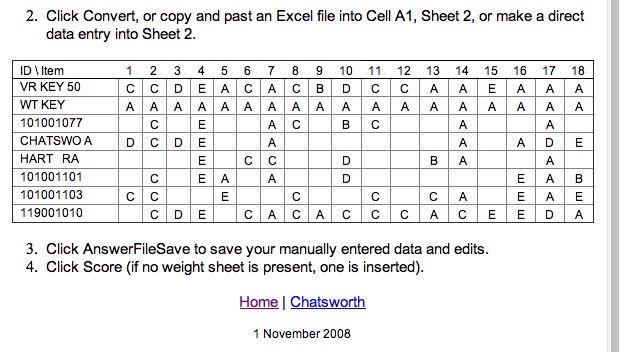Now a student must answer each question as it is presented. There is a loss of control. There is no time to think about it and to return to make a choice. There are no balls in the game; only strikes and outs. It speeds up the game but is another way of reducing judgment.
The student with the quickest response wins. Time for use of higher levels of thinking is reduced. Online and paper tests are measuring different things and at different levels of thinking using forced-choice traditional scoring.













